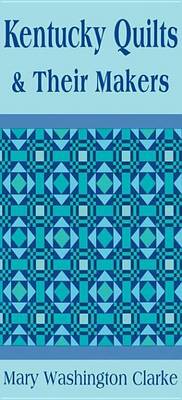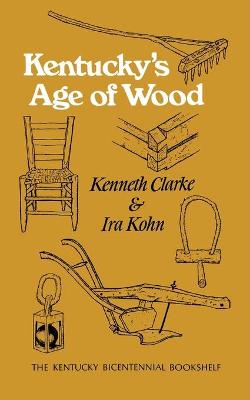Kentucky Bicentennial Bookshelf
3 total works
One of the most renowned Washington insiders of the twentieth century, Clark Clifford (1906--1998) was a top advisor to four Democratic presidents. As a powerful corporate attorney, he advised Harry S. Truman, John F. Kennedy, Lyndon Johnson, and Jimmy Carter. As special counsel to Truman, Clifford helped to articulate the Truman Doctrine, grant recognition to Israel, create the Marshall Plan, and build the North Atlantic Treaty Organization (NATO). After winning the 1960 Democratic presidential nomination, Kennedy asked Clifford to analyze the problems he would face in taking over the executive branch and later appointed him chairman of the Foreign Intelligence Advisory Board. Johnson named Clifford secretary of defense in 1968, but their warm relationship was strained when Clifford concluded that there was no plan for victory in the Vietnam War and that the United States was in a "bottomless pit." Even Carter, who kept his distance from Washington insiders, turned to Clifford for help. In Clark Clifford: The Wise Man of Washington, John Acacia chronicles Clifford's rise from midwestern lawyer to Washington power broker and presidential confidant. He covers the breadth and span of Clifford's involvement in numerous pivotal moments of American history, providing a window to the inner workings of the executive office. Drawing from a wealth of sources, the author reveals Clifford's role as one of the most trusted advisors in American history and as a primary architect of cold war foreign policy.
Byron was -- to echo Wordsworth -- half-perceived and half-created. He would have affirmed Jean Baudrillard's observation that "to seduce is to die to reality and reconstitute oneself as illusion." But among the readers he seduced, in person and in poetry, were women possessed of vivid imaginations who collaborated with him in fashioning his legend. Accused of "treating women harshly," Byron acknowledged: "It may be so -- but I have been their martyr. My whole life has been sacrificed to them and by them." Those whom he spell bound often returned the favor in their own writings tried to remake his public image to reflect their own. Through writings both well known and generally unknown, James Soderholm examines the poet's relationship with five women: Elizabeth Pigot, Caroline Lamb, Annabella Milbanke, Teresa Guiccioli, and Marguerite Blessington. These women participated in Byron's life and literary career and the manipulation of images that is the Byron legend. Soderholm argues against the sentimental depictions of biographers who would preserve Byron's romantic aura by diminishing the contributions of these women to his social, sexual, and literary identity. By restoring the contexts in which literary works charm or bedevil particular readers, the author shows the consequences of Byron's poetic seductions during and after his life.
The old tools and wooden objects illustrated in this book are homely reminders of a time when the majestic forests of the frontier were the source not only of the pioneer's house, barn, and fences, but of his children's toys, his wife's egg basket, and a hundred other necessities and pleasures. More than fifty delicate line drawings by Ira Kohn and the clear, nontechnical discussion by Kenneth Clarke of the making and uses of these humble objects -- many of them unfamiliar to the eyes of the current generation of Kentuckians -- give the reader new insight into the life of the pioneer.


